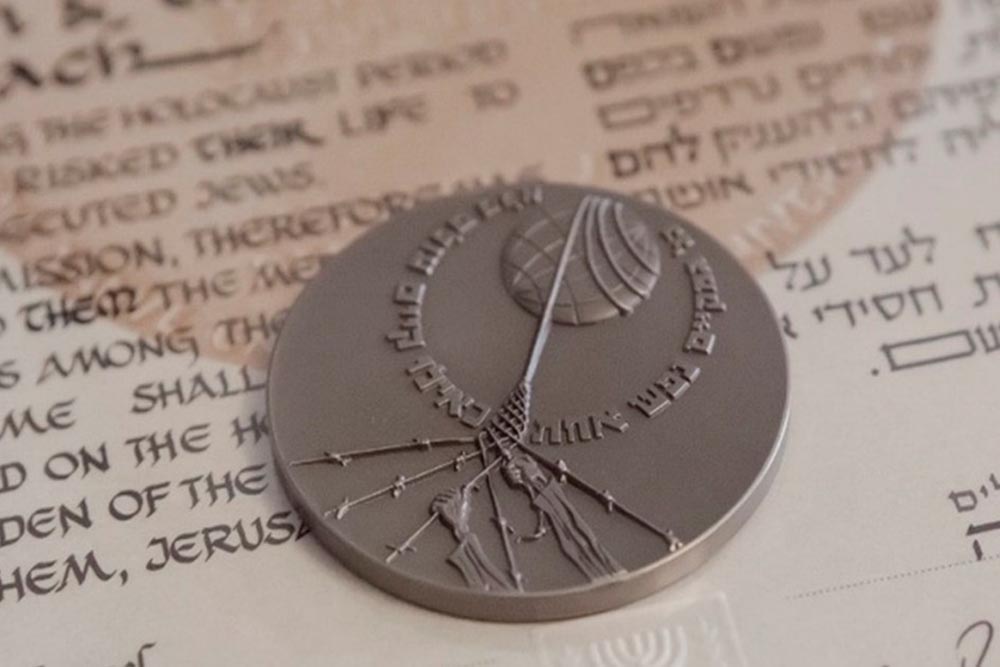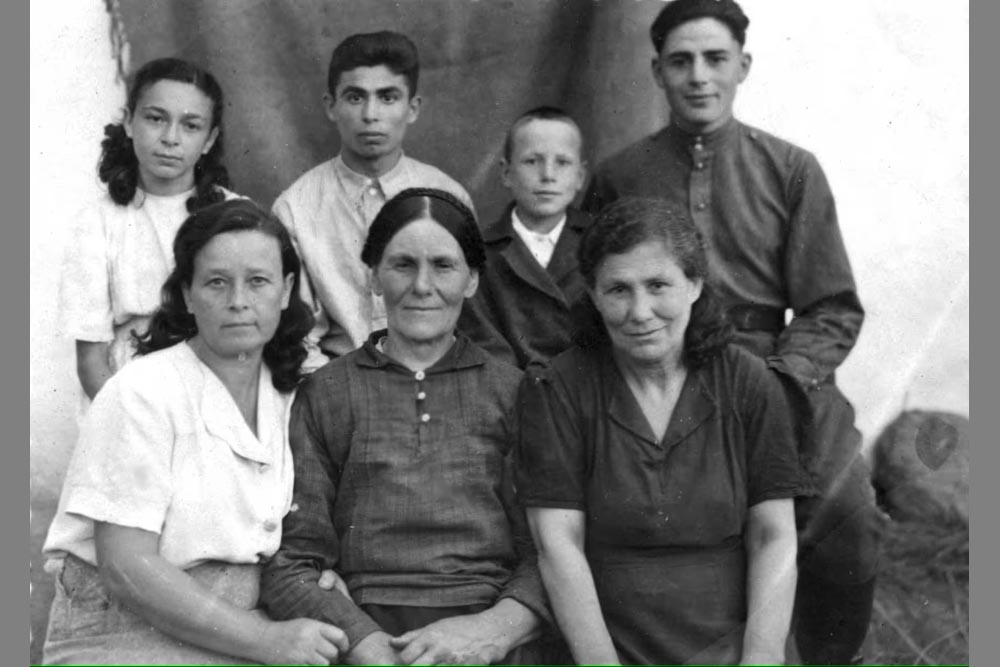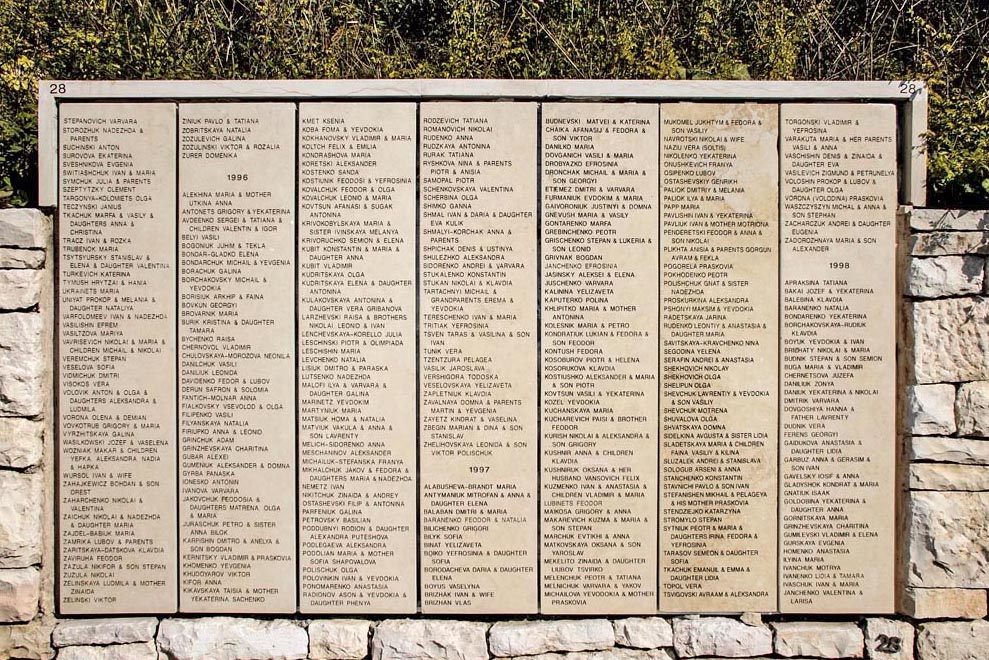Bank of Portraits / Hrynchuk Adam, Martyniuk Mariia, Romanovych Mykola, Zavalnyi Martyn, Yevheniia and Domna

Hrynchuk Adam, Martyniuk Mariia, Romanovych Mykola, Zavalnyi Martyn, Yevheniia and Domna
Adam Hrynchuk lived in the village Novofastiv near Pohrebyshche in Vinnytsia. At the end of July 1941, German troops occupied the region and began to establish a "new order". For the Jewish population, it meant discrimination, and later total extermination. The first punitive action took place in the fall of 1941. Its victims were more than 1,700 local Jews, who were gathered to the town of Pohrebyshche and shot.
The Shtaihrud family was lucky to be saved. They turned to their friend Adam Hrynchuk for help, and he sheltered them in his shelter. At night, secretly from the neighbors, the man brought Shmuil and Khaia Shtaihrud with their children – sixteen-year-old Khasia and nine-year-old Senia – to his house.
After the punitive action in the town of Pohrebyshche, the local police conducted raids in the surrounding villages in search of fugitive Jews. One of its teams also arrived at Adam Hrynchuk's residence. He distracted the policemen as best he could: he offered them dinner and alcohol. Thanks to this, those hiding were not discovered.
Two weeks later, the Jews who were still living and working in the area were rounded up and sent to the ghetto in Koziatyn. Some of them, in particular the Shtaihrud family, again managed to stay in the village of Novofastiv. This time they turned to their friend Mariia Martyniuk for help. The woman lived with her the youngest seven-year-old son. The three older ones had been conscripted into the Red Army and later were killed on the fronts of the German-Soviet war. The Nazis took another adult one to Germany for forced labor.
For the Jewish family, Mariia prepared a hidden room in her house that could only be accessed through the attic. That hiding place periodically became a reliable hiding place for Jews during the Nazi occupation. In order to make life easier for Mariia Martyniuk, who single-handedly financed the living of her four wards; Shmuil and Khaia Shtaihrud sometimes came out of their hiding place and worked as a shoemaker and a dressmaker, respectively, to earn food.
In 1942–1943, the raids aimed at identifying Jews became more frequent. It became dangerous to stay in the same place. That is why the Shtaihrud family turned to Martyn Zavalnyi. Together with his wife Yevheniia and daughter Domna, the husband took care of them for some time. Only after the war did the Shtaihrud family learn that the Zavalnyi family sheltered other local Jews at their home. In particular, Halia Rofman and Khaia Spychynetskii, friends of Domna.
Mykola Romanovych – the secretary of the Novofast collective farm council actively helped save the Shtaihrud family. Thanks to his position, he was among the first in the village to learn about roundups and actions against Jews. Each time he managed to warn all his Jewish friends. In addition, risking his life and the lives of his seven children, he prepared a hiding place for the Shtaihrud family in the yard of his house. One day, when, following a tip-off, the police came without warning to search his surroundings, Mykola quickly covered the entrance to the hiding place with straw and put a cow there. This saved the lives not only of the Jews, but also of Romanovych and his family.
In the post-war period, the Shtaihrud family maintained friendship with all their saviors. In 1996, Adam Hrynchuk, Mariia Martyniuk, Martyn and Yevheniia Zavalnyi, their daughter Domna Zavalna and Mykola Romanovych were recognized as Righteous Among the Nations.
Svitlana Datsenko
Kyiv
National museum of the History of Ukraine in the Second World War
-
fingerprintArtefacts
-
theatersVideo
-
subjectLibrary


